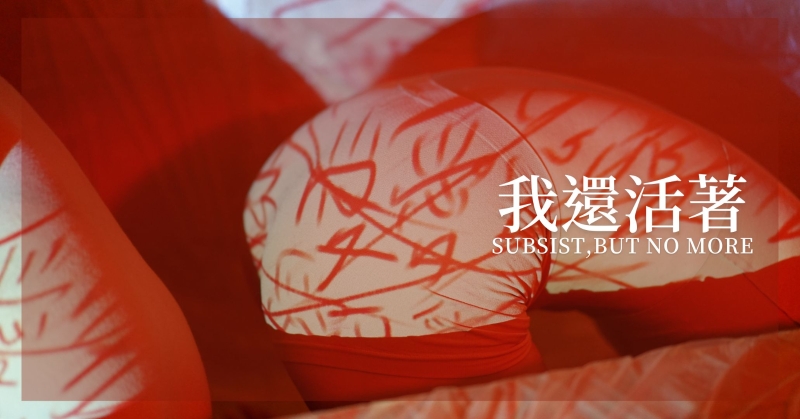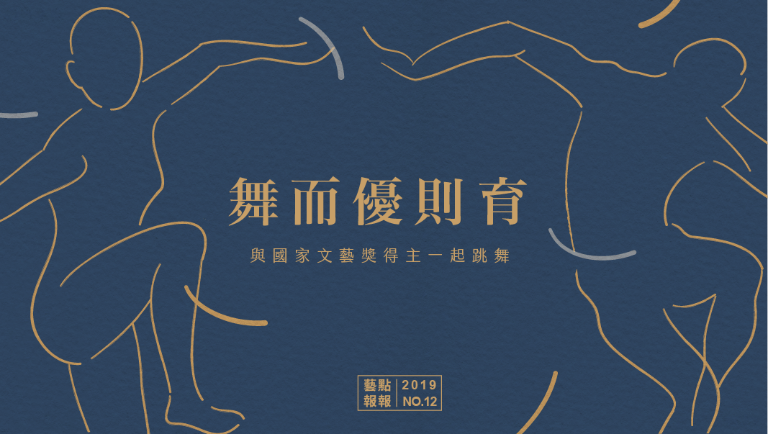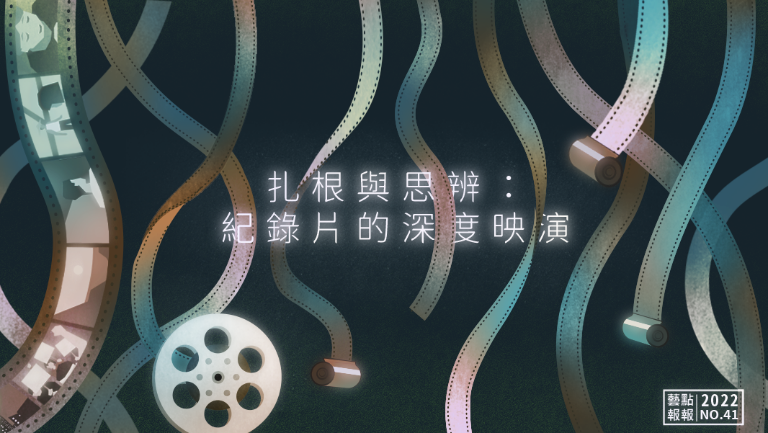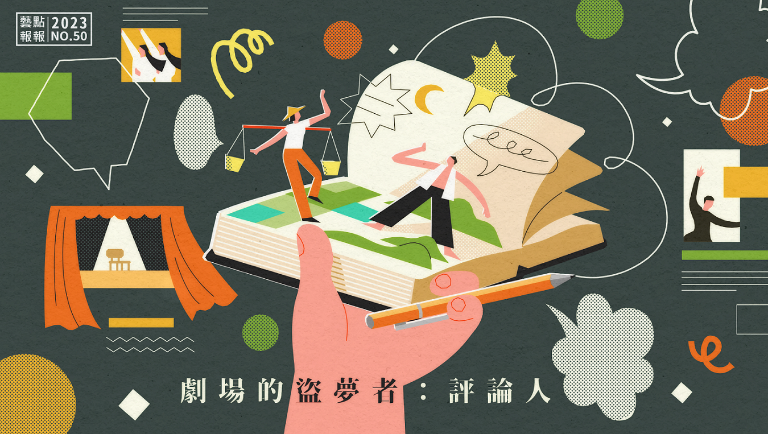Nan (囡), the inaugural work of the group founded by Chen Zhi-Lei (陳芝藟), departs from the Chinese character’s pictorial meaning, which sees a woman (女) trapped in a box (囗). It conveys the artist’s reaction to the many restrictions and confinements imposed on women by society. Through artistic interpretations of everyday physical and mental pain and suffering, the artist seeks to find salvation in agony and despair, perhaps also guiding the audience to think about possible social solutions collectively.
Women artists often draw on personal experiences to engage in introspection and questioning. TOMATO by Chou Kuan-Jou (周寬柔) highlights sensations of sexual desire without focusing on the actual act of sex. Using the tomato as a symbol of desire and a carrier of imagination, she interacts with three dancers of different gender identities, accentuating the sexualized body. By amassing and inducing sexual tension through the scenarios presented, the choreography guides the audience to ponder where desire comes from and how body symbols and cognition are formed.
The #MeToo movement made its way to Taiwan in June 2023, and with incidents of sexual assault and harassment exposed and speculations on whose public image would be ruined or who would be the next perpetrator, an air of restlessness loomed over society. Through replies to posts revealing people’s personal experiences, the victims learned of others with shared experiences under similar power structures. In the three-year art project, Murder for Love, by Li Shiou-Fen (李秀芬), she aims to raise the public’s awareness of sexual violence and cyberstalking by harvesting personal accounts and discussing related issues. Through online seminars and workshops (2021) and a follow-up physical exhibition and the performance Subsist, but no more (2022), she denounces the oppression and the collective emotions caused by a misogynistic society.
The “body” is the primary subject behind creative works of dance, and the female body offers diverse perspectives in addition to the issues explored. Herstory by Lin Chun-Yu (林俊余) employs settings and prop designs inspired by spatial and installation art to guide the audience into the dancers’ roles as “young girls”, exploring the internal struggles and feelings of loss that women experience in life. In What is Essential is Invisible to the Eye, Lin references the Little Prince’s enthusiasm and compassion for life to address the loss of human connection in our post-pandemic society. Through everyday objects and the miscellaneous messages presented by the dancers, the work foregrounds a series of concealed necessities for survival, as the dance aptly guides the audience to ponder and reflect collectively.
The aforementioned works by the four artists draw from their own experiences or social issues that they care about, and they demonstrate that we will surely see more exciting works by women artists in the future. As stated in the performance program of Nan by Chen Zhi-Lei, “Water has no fixed form, and women are like water; we do not conform.”
*Translator: Hui-Fen Anna Liao







_1672387771726.png)


